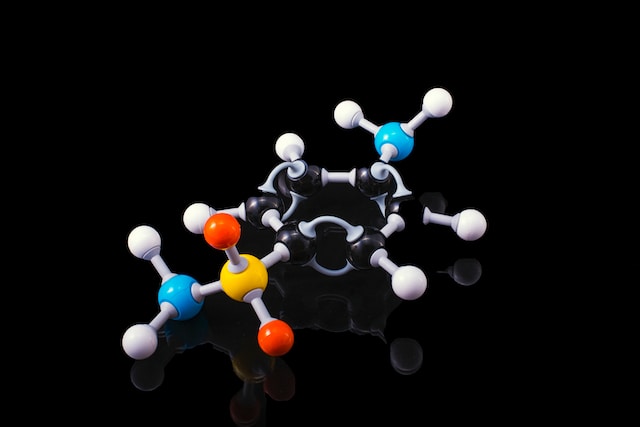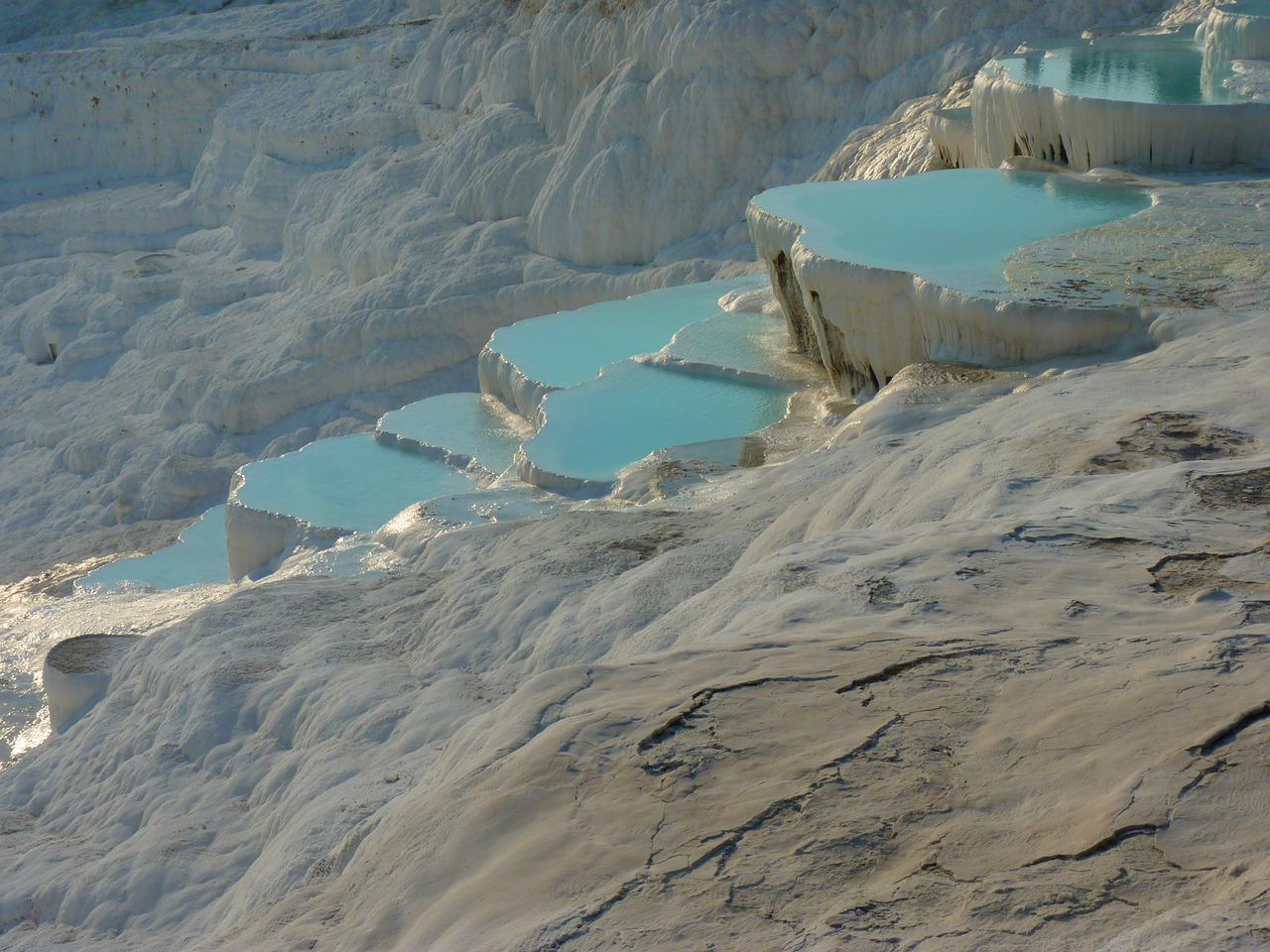Scientists at Chalmers University of Technology in Sweden have pioneered a novel technique to combat bacterial infections. This innovative approach uses gold nanorods to eradicate harmful bacteria, offering a promising solution to the escalating issue of antibiotic resistance.
How It Works
Gold nanorods are tiny, rod-shaped particles of gold with unique optical properties. When exposed to near-infrared light, these nanorods absorb the light energy and convert it into heat. This localized heating effect, known as photothermal therapy, can then be used to kill bacteria.
To apply this technology effectively, the researchers developed a way to incorporate the nanorods into a biocompatible hydrogel. This hydrogel can be applied to infected wounds or even implanted medical devices. Once exposed to near-infrared light, the nanorods generate heat, effectively killing bacteria and preventing infection. As a result, this precise sterilization method provides an effective alternative to antibiotics, addressing not only the dependence on them but also the rising resistance problem identified by the World Health Organization (WHO) as a critical global health challenge.
The Advantages of Gold Nanorods
- Targeted Therapy: The localized heating effect of gold nanorods enables precise targeting of bacteria, which in turn minimizes damage to surrounding healthy tissue.
- Broad-Spectrum Activity: Gold nanorods are effective against a wide range of bacteria, including strains that are resistant to traditional antibiotics.
- Biocompatibility: Additionally, the biocompatible hydrogel carrier ensures the nanorods can be safely administered without causing adverse side effects.
Overall, this promising development holds the potential to revolutionize the treatment of bacterial infections, particularly those associated with medical implants and chronic wounds.
Nidhi is a gold medalist Post Graduate in Atmospheric and Oceanic Sciences.







